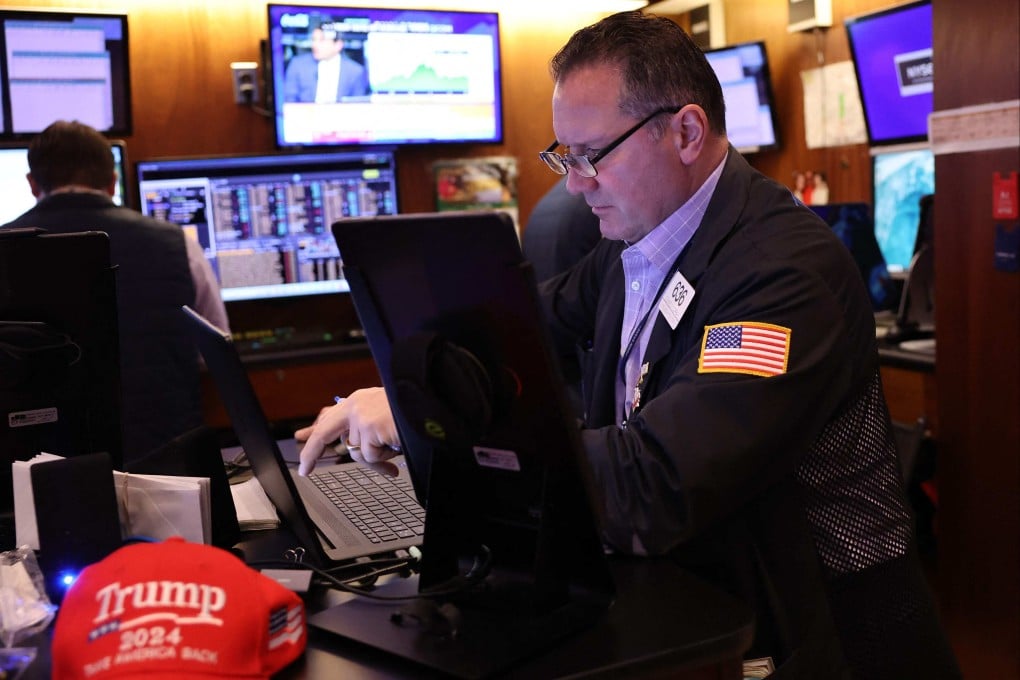Opinion | An America awash in global capital risks spreading financial instability
Free capital flows accelerate economic growth but can also be destabilising, spreading jitters via financial markets

The curse of wealth has come upon America – that of abundant capital inflows, inflated financial asset values and a strong dollar. These are conditions that can test the ability of any financial system to absorb shocks and expose its hidden vulnerabilities.
At first sight, this might seem improbable. The US has much wider and deeper capital markets than those of Asia in 1997 – or now, for that matter. But the size of global capital flows is much larger today and America’s absorption capacity is not unlimited.
Specific sectors that appear to be facing growing risks in the US and beyond include, according to official and other sources, banks (in everything from consumer lending to real estate loans) nonbank lenders, hedge funds, corporate and individual borrowers, margin investors and others.

